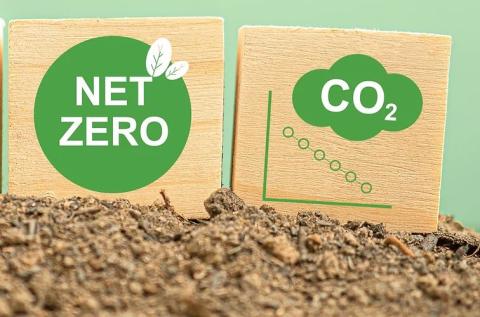Time & Location
19 Mar 2024, 10:00 – 16:30
FarmED, Station Rd, Shipton-under-Wychwood, Chipping Norton, OX7 6BJ
About the Event
Farming is one of the few industries that has the potential to sequester more carbon than it produces. But it's complex! Join us and get practical advice on how to measure and improve your carbon management and learn more about carbon credits and trading.
The Day
Becky Willson from Farm Carbon Toolkit and Duchy College will explore carbon and greenhouse gasses and their role in agriculture. Bring your laptop and have a go at producing a carbon calculation for your land using the Farm Carbon Toolkit, guided by Becky. Learn how to interpret the data and what to do next to improve your footprint.
Get Tickets HERE


